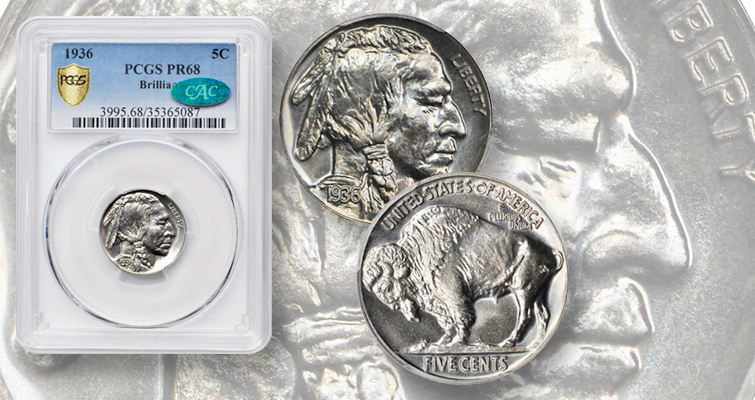KEY DATE COINS: HOW TO DETERMINE THEM
For coin collectors, the condition of the coin is crucial. They are more than willing to pay a hefty sum for those in the best possible condition. Another coin they would pay for a high price is a key date coin, which is the last coin purchased for a collection. The combination of its mint mark and date are rare and difficult to find. A key date coin is one of the most expensive in a coin series. Most collectors need it to complete their collection.
How to determine a key date coin?
There are many factors to determine a key date coin. Included are the popularity, mintage, rarity, and survival rate of the coin series.
Popularity
Some coins are too difficult to find so only a few people try to assemble collections that include them. A coin that is easy to find and available at a low price is usually in high demand. The Lincoln penny is an example of a popular coin. Demand for all dates and mint marks of this coin is very high. If a coin is in high demand then it is possible to have difficulties in getting it.

Mintage
What makes a coin a key date is the initial mintage of a particular date and mint mark combination. The lowest mintage coins are often the key dates although not always.
Rarity
The condition will help you if you want to know how much is a Buffalo nickel worth. The grade of the coin in a set also determines which is the key date. Better condition, more value.
Survival rate
The coins start to circulate after minting. People then use these in everyday commerce. A coin can get lost, retired from circulation, or get too worn and damaged. For example, millions of uncirculated silver dollars melted in 1918. These will never be available for any collection.
